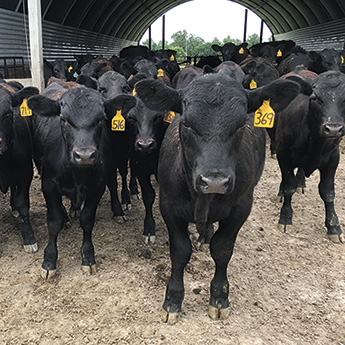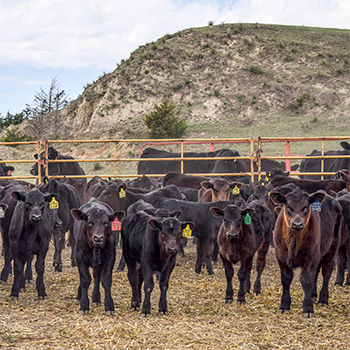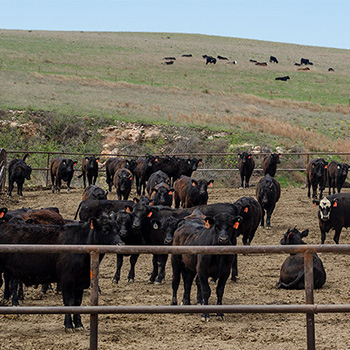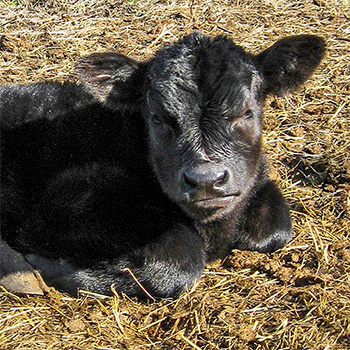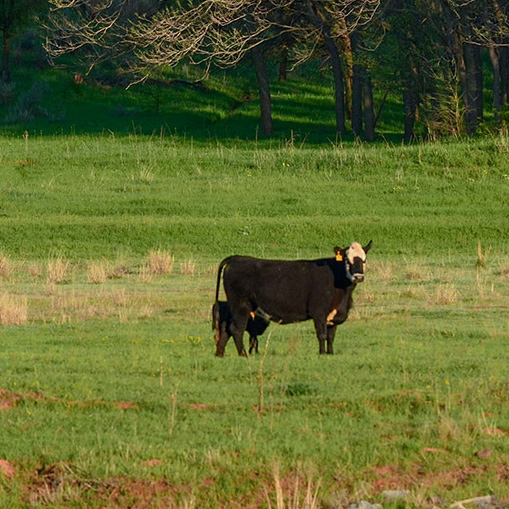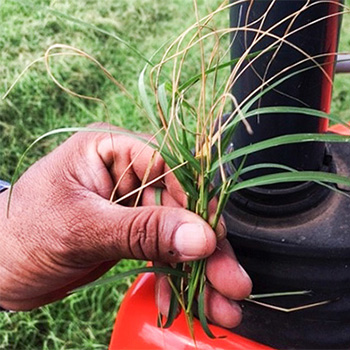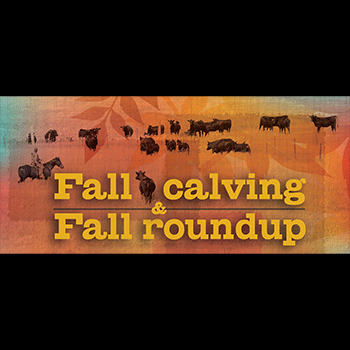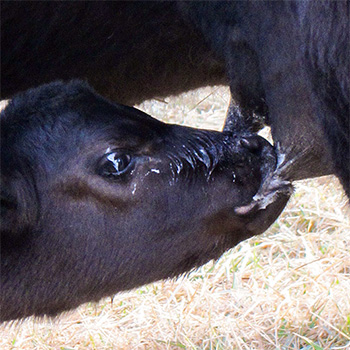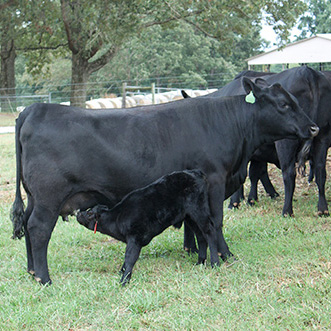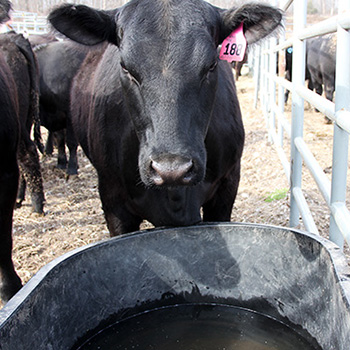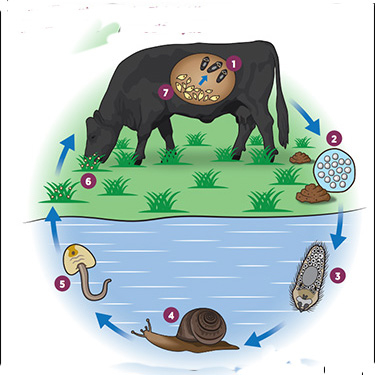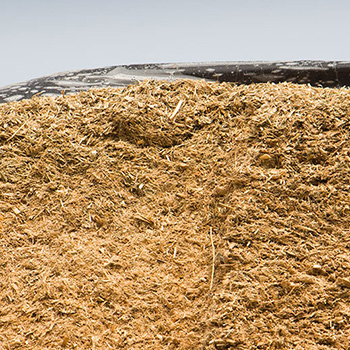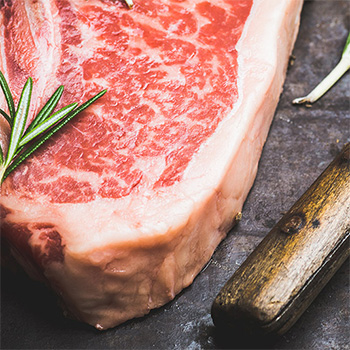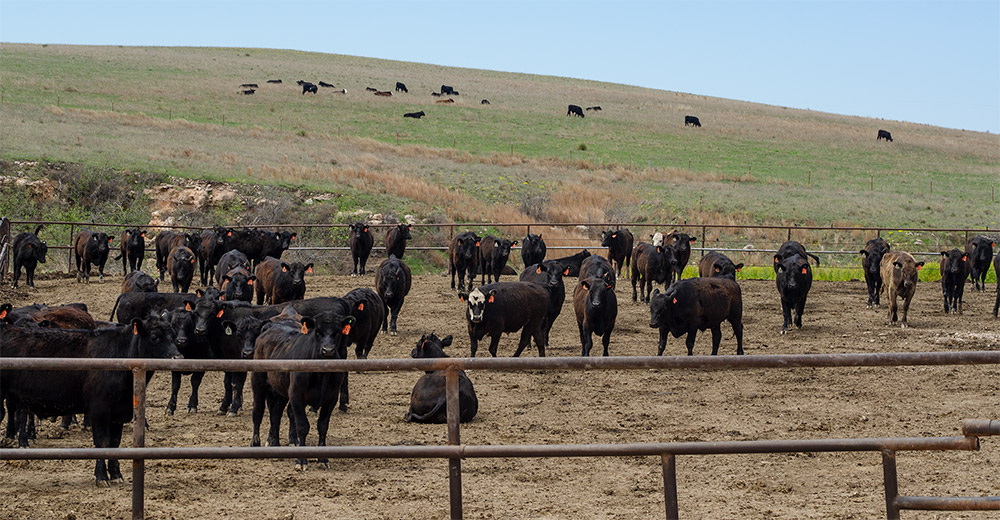
Quiet Structural Change
Grow yards are becoming a growing aspect of the cattle industry.
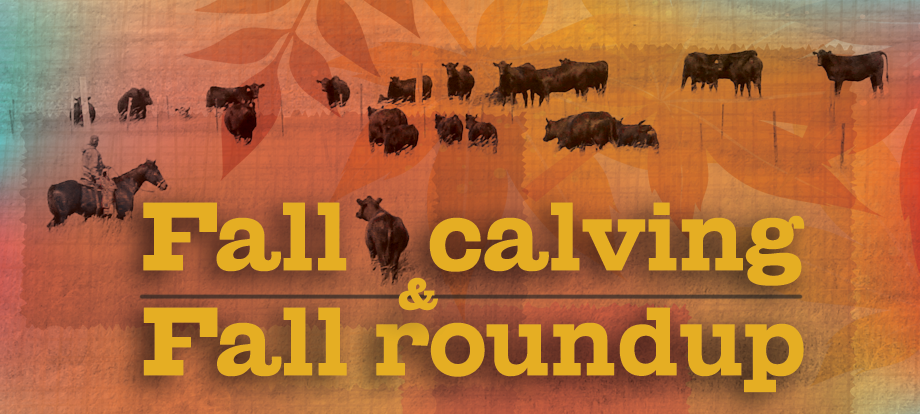
Grow yards — drylot feeding areas for young calves before transitioning to feedyards — are becoming more of a player in the beef industry. While once only used as residual housing for feedyards when wheat pasture wasn’t available or feedyards were backed up, Don Close, senior analyst of animal protein at Rabo AgriFinance, believes they mark a subtle change in the cattle supply chain that will affect all sectors.
Occupancy is becoming more consistent because commercial feeders are making more marketing agreements that require cattle to meet specific feeding and management regimens. Close says these include targeted out dates and finished weights. These cattle have to be ready to perform on Day 1, and grow yards help meet that need, Close adds.
They provide a central collection point for cattle, a place for cattle to grow and mature structurally, and a preconditioning area. They are an alternative to growing stockers on grass, especially if grass is unavailable or uneconomical, Close says.
Feedyards are getting bigger, and labor availability makes handling cattle needing additional care — especially lightweight and high-risk cattle — more difficult.
Close adds: “Another factor in the importance of grow yards is the need for risk-management programs that cover procuring feeder cattle and selling fed cattle in today’s volatile market environment. The demand for efficiency has most commercial feeders targeting placement weights in a range of 750- to 900-pound feeders. The increased use of grow yards lets cattle procurement teams be in the market for substantially broader purchase weights of cattle.”
In Close’s opinion, grow yards are here to stay. He says relationships between grow yards and feedyards will provide economies of scale. For example, they can use the same nutritionists and veterinarians. It also avoids duplication of processing, and reduces stress to acclimate to a feedyard.
This improves cattle performance, lowers the cost of gain, and actually improves cattle propensity to meet, or exceed, grading expectations because the cattle will have been on consistent, uninterrupted feed and pharmaceutical programs, he says.
He admits that it will increase competition for traditional stocker operators, but he believes there will always be a place in the industry for low-cost, well-managed stocker operations. However, with increased urban sprawl, grow-yard usefulness will increase.
Grow yards are often viewed as a low-cost and high-labor way for young people to get started in the cattle business, Close suggests. Grow yards could also be an avenue for existing farms or cow-calf producers to grow, giving family members a chance to join the operation. Existing, small yard facilities are available in many regions near large commercial feedyards. New grow-yard operators will need the skill sets to handle lightweight calves and high-risk cattle.
The evolution of grow yards into permanent, year-round backgrounding operations will have an impact on all sectors of the U.S. cattle industry. Operators should be proactive to capitalize on the opportunities grow yards could provide, Close urges.
